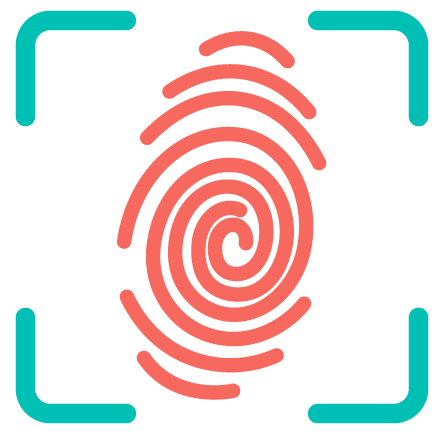Who should not do Half Moon Pose?
Do not practice Half Moon Pose if you have low blood pressure or are currently experiencing headaches, insomnia, or diarrhea. Those with neck injuries should not turn their heads to face the top hand (in Step 7 of the Instructions, below), but should continue looking straight ahead.
How do you make a half moon easier?
While it can be tempting to use momentum to “shoot” forward into half moon, you’ll likely have an easier time balancing if you take your time: Transition your weight onto your front foot, walk your front-leg-side fingertips (or block) six to ten inches in front of the pinky-toe side of your foot, and on an inhale.
Is Half Moon a hip opener?
Half moon pose is a standing balance where we are stacking our hips and shoulders. As we do this it creates a beautiful opening for both the hips and the shoulders, while also allowing strength through the standing leg and the lifted leg, the core, and the glutes.
Is Half Moon Pose a peak pose?
One of the many strong, beautiful postures of an intermediate yoga practice is Half Moon Pose, or Ardha Chandrasana in Sanskrit. A balancing act and strengthening combo, Half Moon Pose is a powerful peak pose for classes and can make you feel like queen of the divine feminine energy over which the moon rules.
Who shouldnt do ardha Chakrasana?
People who have high blood pressure problem should not practice this asana. People who have spinal injury should also avoid practising this asana. People who have a neck injury should also avoid performing this asana. People who are suffering from any sort of dizziness should also avoid this Ardha chakrasana.
What is Half Moon position?
Half-moon pose (Ardha Chandrasana) is an advanced standing pose that strengthens the muscles and nerves in the leg up to the hips and lower spine. Ardha Chandrasana is a Sanskrit word that translates to “half” (Ardha), “moon” (Chandra), “pose” (asana), a reference to the shape the body resembles when in this posture.
What are the precautions of Ardha Matsyendrasana?
Precautions for Ardha Matsyendrasana (Half Spinal Twist) Perform the Half Spinal Twist after practicing forward and backward bending yoga pose. Neither twist the torso all of a sudden nor overstretch it as that way you may strain the muscles. Avoid practicing Ardha Matsyendrasana in case of sciatica or slipped disc.
What are the benefits and contraindications of Half Moon Pose?
Benefits + Contraindications. Benefits: Half Moon pose improves balance, focus, concentration, and confidence. This posture opens the hips and strengthens the ankles, knees and lower body.
How to do a half-moon pose?
In Half-Moon pose it is the lifted leg we need to keep in mind. The toes should be pointing to the side with the foot flexed and the leg should be in line with the spine, rather than moving to the back of the body. Focus on creating length, pushing out through the sole of the lifted foot, rather than how high you can lift the leg.
How do I perform Ardha Chandrasana (Half Moon Pose)?
Spring off your right foot while grounding your left foot into the floor for balance. Lift your right leg up behind you on a diagonal into Ardha Chandrasana (Half Moon Pose). Be sure your right leg is in line with your torso, so you don’t overwork your outer hip or inner thigh muscles.
How do I perform Parsvakonasana (extended Side Angle Pose)?
Come back into Parsvakonasana (Extended Side Angle Pose) on the left side. Place your right hand on your right hip and look down to the floor. Inhale deeply; step your right foot forward (about 6 inches) and walk your left hand diagonally out to the left of your front foot (about 10 inches).
